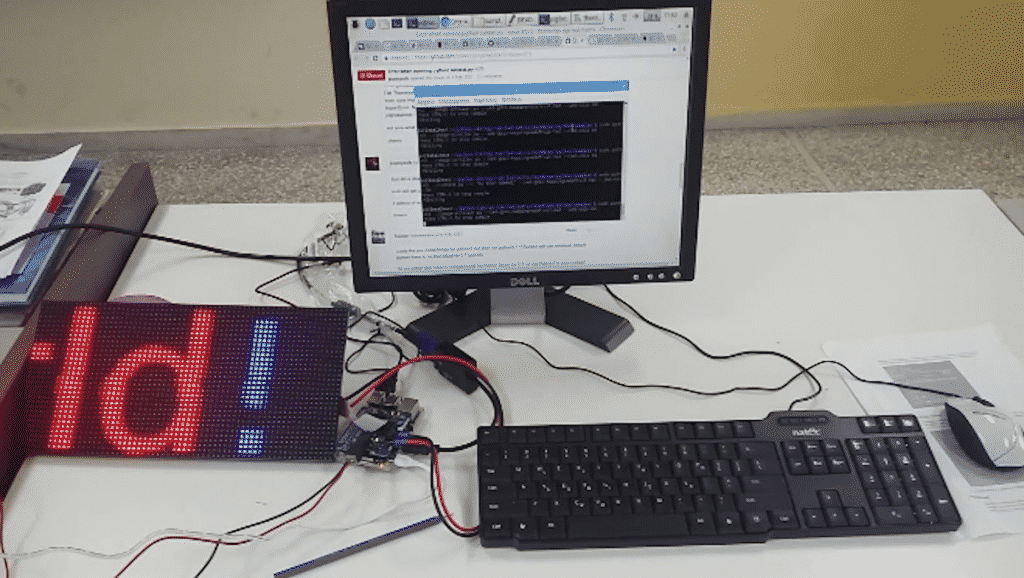The term programmable video can be used interchangeably with white label video and refers to the integration of a white label video API (Application Programming Interface) to an existing application or software.
An API, as the name suggests, is an interface that defines interactions and technical structures between two or more applications. In the case of a programmable video, we can integrate a video API to any software or application that supports API.
Iotum offers an API for video conferencing and live streaming and we can easily integrate it with an existing app to get high-quality audio and video conference with in-browser video access and zero downloads.
Why Is Programmable Video Important?
Programmable video allows a customer-facing software or app to get video features by integrating APIs, or we can also build an entirely new white label solution that tailors video to your exact needs.
This is as opposed to using an existing service, for example, Zoom or Skype, that requires you to follow their regulations and limitations. For instance, there are very limited ways to use your own logo when hosting your clients in a Zoom meeting.
Basically, we have three main options if we want to have video functionalities in our app or software:
1. Building from scratch
The option that provides the most versatility and freedom is to build your own video service solution (i.e. a video conferencing app) from scratch.
This approach, however, requires you to have enough budget, manpower, and time. Not only it can be expensive to hire an in-house developer team or outsource the development to a third-party vendor, but it can take a long time to build a solution from scratch, as well as to test the app properly before deployment.
Also, depending on your location and the functionality of the app, meeting the compliance requirements and regulations for the app can be quite complicated.
To summarize, this is the option that can potentially provide the most freedom and customizability, but also the most expensive and difficult to execute.
2. Using off-the-shelf service
Obviously, there are third-party video services like Zoom and Skype for video conferencing, YouTube and Twitch for live video streaming, and others. A lot of these services are now very affordable (even free). Also, most of them are user-friendly so you can use them right away, although to use all the features might involve a pretty steep learning curve.
However, this approach is also the most limited and you won’t get too much freedom in customizing the software or app according to your preferences and needs. For instance, most likely you can’t use your brand colors and logo in the app’s main interface.
3. Integrating programmable video
Integrating programmable video API to your existing service, essentially allows you to get the best of both worlds: you can get the versatility and freedom of building your own service from scratch, but you can also avoid the costly and time-consuming development time, as well as the hassle of hosting and running your own video service.
Besides customizability in branding, the programmable video also allows us to customize functionality according to our business needs, as well as to meet compliance requirements and regulations.
For example, some industries like the medical and health industry set very strict security and confidentiality requirements for video conferencing solutions. Most off-the-shelf video conferencing services (i.e. Zoom) aren’t built to meet this kind of compliance, and so a custom-tailored solution is needed.
At the moment, custom video services are solutions that are appearing in various businesses in a wide variety of industries. With the COVID-19 pandemic forcing businesses and organizations to provide remote services, many institutions are now using programmable video to create a custom solution centered on the organization’s core functions and objectives.
Programmable Video Implementations Across Industries
1. Telemedicine
Among the most strictly-regulated industries regarding video conferencing. Programmable video solutions can help connect healthcare providers with patients, family members, and other important parties while meeting the HIPAA regulations regarding data privacy.
2. Social video services
Programmable video solutions can allow you to provide new, totally customizable ways to connect people through meeting new people, dating, cooperative/competitive gaming, and more.
3. Field services industry
With programmable video, we can provide totally customized video support services to assist technicians and on-field employees in real-time, tailored to your business’s needs and preferences. This can allow real-time assistance in the most time-sensitive situations to ensure your team can provide the best service possible.
4. Education
Probably an industry that requires most customization in functionalities like limited screen sharing (to prevent cheating during exams, for example), virtual whiteboards, interactive functionalities, animation features, and video rooms and monitors testing to maintain exam integrity, among other unique features.
5. Remote Working Implementations
Programmable solutions have been widely used in HR implementations, for example enabling AI-assisted video interviews in recruiting potential candidates. The increasing trend of remote working, thanks to the COVID-19 pandemic, has also catapulted the demands for custom video conferencing solutions to connect those working from home with custom functionalities according to the organization’s needs.
Conclusion
Programmable video allows an easier and more affordable way to integrate video functionalities into your existing application, and also to build your own white label video service without the hassle of the lengthy development process. You can enhance your existing app with video conferencing and video streaming functions, while also providing you with freedom in customizing the appearance and functionality of the video service according to your needs.
